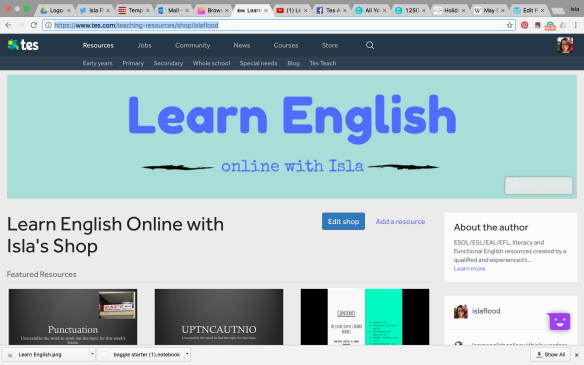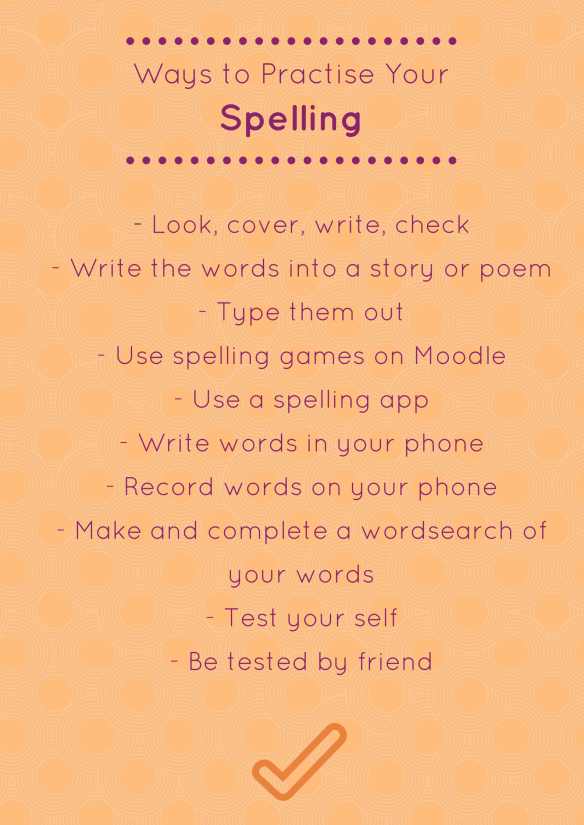
Photo by Negative Space on Pexels.com
I’ve been trialling a new approach for the last few months, in my first lessons of the week with my learners I’ve been sharing pictures from the news as a warmer, well, to be honest, it’s rather taken over the lesson. The first lesson of the week, I feel, needs to set the scene, warm up or rather wake learners up (!) and help them understand what’s happening in the world around them.
Years ago when I first started ESOL teaching there was the amazing Talent website where some wonderful teacher created a weekly newspaper complete with summarised real news stories ready for entry-level readers along with fun activities like word puzzles, crosswords and quizzes. I long for this resource to come back, it was an absolute godsend to a beginner teacher hunting for resources every week. I can see it was a complete labour of love, you can’t recycle this kind of resource, each week was live and topical so wouldn’t have worked the following year or week as it was no longer relevant.
Anyway based on this yearning for this long lost resource and a need to present the world and it’s news to my learners who are mostly switched off to this stuff unless it goes viral on YouTube (I mainly teach 16-18 learners at the moment, can you tell?) I’ve been on a mission to bring the news into the classroom again but without the labour intensive newspaper creation that just didn’t seem feasible.
I went about trialling using newspapers in class and for several months with a mixed level group, dutifully picked up my wad of free Metro papers each week from the local station before arriving in college with my action pack of sugar paper, glue and scissors. I set about doling out the papers, modelling the required output and asking learners to find an article, picture or headline that interested them. The idea was that they then focused in on this section, cutting it out, finding the meaning of key vocabulary and discovering the core story behind the article before sharing it with the class. This proved too difficult for some, in a bid to differentiate by outcome I’d encourage the lower level learners to focus on word level only, finding the meaning of one or two keywords and perhaps stretching them to say why they liked or chose the article. Whilst this was useful and worked well in places it consumed at least an hour and a half worth of lessons and with other curricula pressures, I couldn’t pursue this activity weekly so I set about looking for alternatives.
During my search for news sources some of the best have been the Newsround website, something I’ve come back to again recently for the most accessible and clear cut explanations of the Brexit shenanigans going on presently. I’m not embarrassed to say it’s made it clearer for me too. I also love the Easy News produced by United Response, designed for readers with learning disabilities, this news bulletin explains major news topics simply with useful pictures to help illustrate the key points. The only downside to this resource is its frequency, it comes out only four times a year. Another site recommended by colleagues was the News in Levels site, a great source for learners to access themselves and study independently. This page displays news stories from across the world in varying levels as well as providing an audio accompaniment that learners can listen to as they read, fantastic for beginner readers and those looking to improve their pronunciation. Whilst I like this site and recommend it to learners frequently for reading practice, I’m not drawn to the articles shared for my lessons as I often can’t find breaking or major news stories discussed in the mainstream media on this site when I want them, so tend to overlook it for lesson planning.
What I have found myself falling back on recently, that seems to work well and learners, so far, haven’t tired of, is the use of pictures from the news. The Guardian’s ‘Best Pictures of the Day have captivating images from across the world even when the news is slow. The pictures always pique interest and spark discussion which I ask learners to capture in keywords and sentences. It’s something I find all levels can engage with, with lower levels starting with keywords, beginners developing simple sentences with present continuous tenses, then more advanced changing the structure of their tenses to reflect the timing, their feelings, predictions and prior knowledge of the stories. With a group I only see for tutorial and another session, it enables me to quickly assess their writing as I go round, noting progress and areas still to develop. I was interested to hear feedback from a focus group, where they were questioned, where they commented on me checking their writing and progress weekly by completing this task, something I hadn’t implicitly stated but they had recognised.
So I’m continuing to develop this approach, my feeling is that engaging learners with the news encourages further practice in reading and listening in English outside the classroom. I also think it can draw interest in current affairs and particularly engages younger learners into this ever moving world and allows them to see how they fit into it or can impact on it without focussing solely on their own quite complex and traumatic circumstances. So my questions to you are:
What value does news bring to our learners?
What sources of news do you use for learners?
Can you recommend any resources or approaches to bring the news and current affairs into the entry-level classroom?





